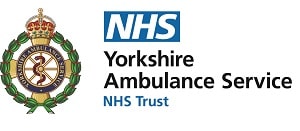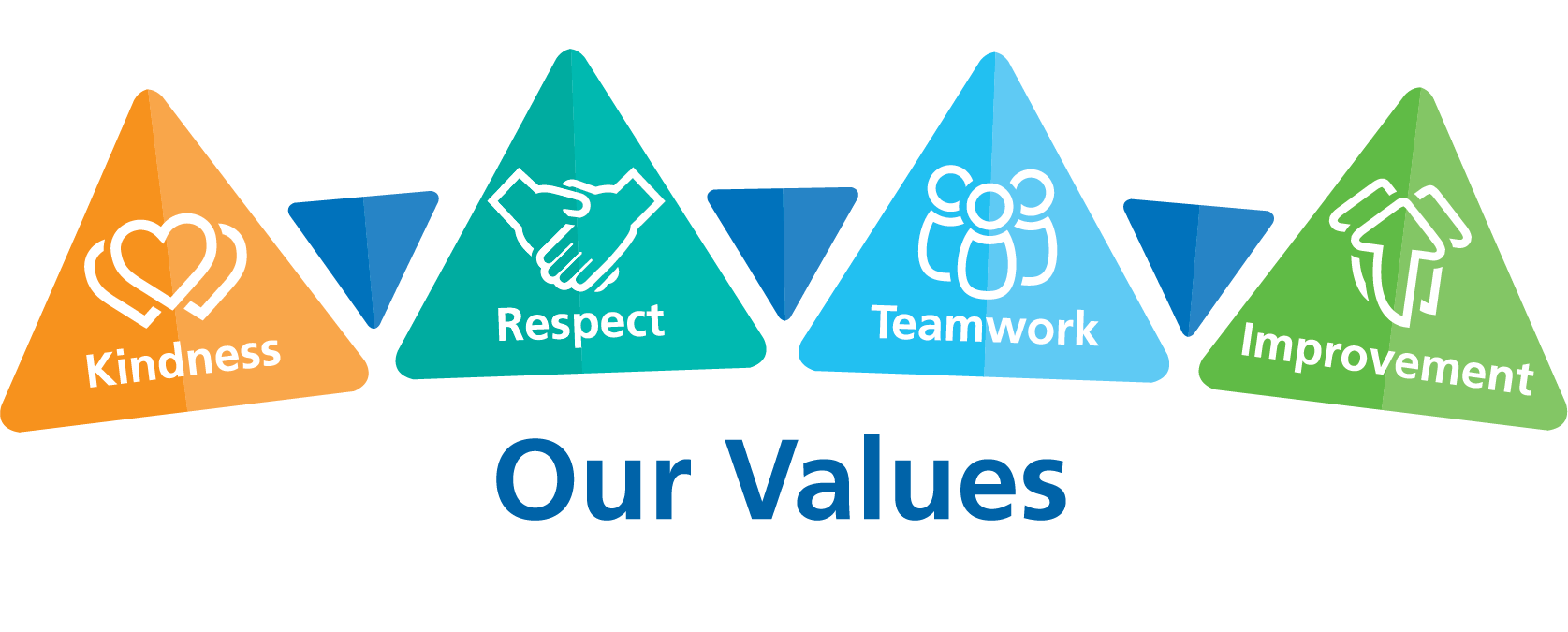Ambulance service responses
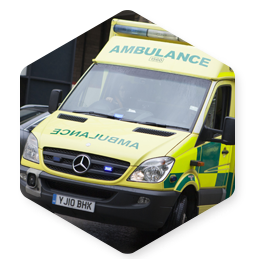
Ambulance
Ambulances are staffed by medical professionals including a paramedic or emergency medical technician usually with an emergency care assistant.
Crews are highly trained in all aspects of emergency care, from trauma injuries to cardiac arrests. An ambulance is equipped with a variety of emergency care equipment, such as a defibrillator, oxygen, intravenous drips, spinal and traction splints, and a range of drugs.
If necessary, patients will be taken to hospital. However, paramedics now carry out more diagnostic tests and do basic procedures at the scene. Many crews also refer patients to other services, such as respiratory teams, falls pathways, mental health teams, diabetes teams and specialist alcohol support/substance misuse services. Ambulance crews also directly admit patients to specialist units such as major trauma centres or stroke units. Paramedics also administer a wide range of drugs to deal with conditions such as diabetes, asthma, allergic reactions, overdoses and heart failure.
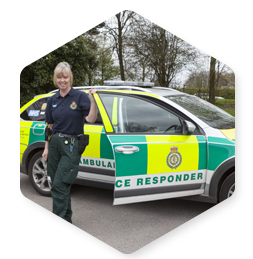
Rapid Response Vehicle (RRV)
The RRV car is used by an urgent/emergency care practitioner, paramedic or emergency medical technician to get to a patient quickly. They are skilled and equipped to provide immediate care and assess whether a patient needs additional treatment and/or to be admitted to hospital. An ambulance can also be sent if required.
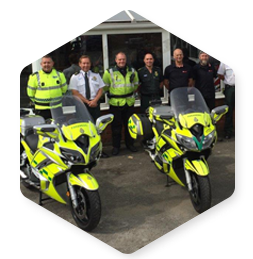
Motorcycle
Motorcycles are used by a paramedic or emergency medical technician to reach patients quickly. An ambulance can also be sent if required.
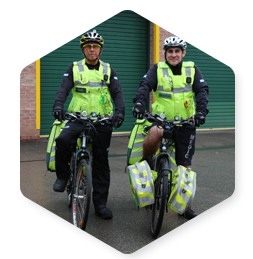
Cycle Response Unit
Specially-adapted bicycles fitted with blue lights and a siren and equipped with life-saving equipment can respond quickly to patients in city centres where vehicle access may be difficult. An ambulance can also be sent if required.
Emergency/Urgent Care Practitioner/Specialist Paramedic
An emergency/urgent care practitioner (ECP/UCP) and specialist paramedics are paramedics or nurses who have had extended training to treat and discharge patients with minor injuries and minor illnesses in their own home. They are able to carry out minor medical procedures such as stitching and can also administer an increased number of medications such as antibiotics. This means that many patients can be treated in their own home and do not need to attend the emergency department at hospital or may be referred to other NHS or social care services.
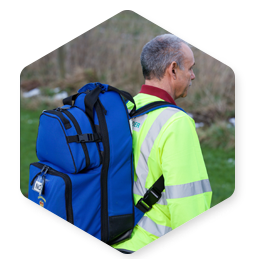
Community First Responder
Volunteer Community First Responders (CFRs) have basic life support skills and carry kit bags comprising an Automated External Defibrillator (AED), oxygen, oropharyngeal airways and a standard set of first aid equipment. They provide basic levels of clinical intervention and pastoral care to their local community prior to the arrival of an ambulance crew. CFRs are trained to attend a variety of emergency calls for patients over 16, including allergic reactions, choking, cardiac arrests, breathing problems, chest pain, strokes, fitting and unconscious patients.
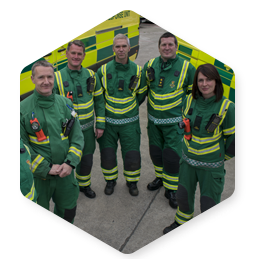
Hazardous Area Response Team (HART)
HART members are specially trained personnel who provide the ambulance response to major incidents. The team has 42 members who are equipped to safely locate, stabilise, treat and rescue casualties from dangerous environments such as collapsed buildings or crashed vehicles. They can provide emergency treatment in precarious rescue operations where patients may be trapped or in places where access is difficult, such as heights, underground or in water.
BASICS Doctor
A team of British Association for Immediate Care (BASICS) doctors provide support to ambulance crews at serious road traffic accidents and other trauma incidents.
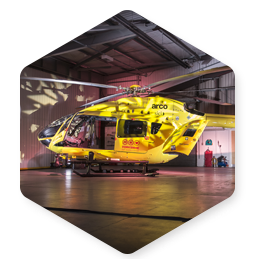
Helicopter
Helicopters are deployed as the fastest way to reach patients in remote locations or to transfer seriously ill or injured patients to hospital quickly. They are crewed by paramedics who have additional training in dealing with traumatic injuries, as well as consultants in emergency medicine, and can be used to take patients directly to specialist centres.
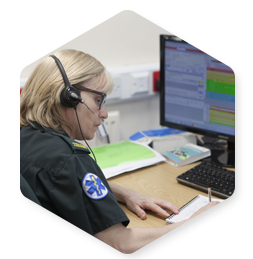
Clinical Advisor
A clinical advisor offers advice over the telephone or recommends an alternative to ambulance assistance. This may be to call NHS 111, contact their GP, arrange a visit from a district nurse, to make their own way to a minor injuries unit or emergency department or visit a pharmacist. Alternatively, the clinical advisor may arrange a visit from an emergency/urgent care practitioner (E/UCP). The clinical advisor may be a nurse, specially trained paramedic or emergency medical technician.
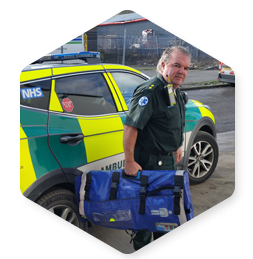
Red Arrest Team
The Red Arrest Team (RAT) is made up of ambulance clinicians who have received training in leadership, advanced decision-making and specific enhanced skills associated with the management of patients in cardiac arrest. RAT clinicians oversee the safe and effective coordination of staff and tasks when a patient has suffered an out-of-hospital cardiac arrest in order to maximise positive outcomes.
